Why Spreadsheet Models Don’t Work for Budgeting & Forecasting
Why Spreadsheet Models Don’t Work for Budgeting & Forecasting
In order to understand how to best use budgeting and forecasting software in your organisation, it is important to understand the difference between budgeting and forecasting.
Budgeting entails planning that is divided into departmental areas of responsibility in the organisation. More people are involved in the budgeting process, and it is therefore also a slower decision-making exercise than forecasting.
Indeed, budgeting can take weeks to complete, because the process involved is only performed once or twice annually. This leaves the problem of the budget being outdated, even before it can be implemented, because it is not flexible enough to make provisions for changes in the business environment. As such, it is almost always out of sync with the overall company strategy and goals. That is – if the traditional approach to budgeting is used, and especially if spreadsheet models are used.
Forecasting can be described as the summarised version of the budget, and is more inclined to show the changes in the marketplace. It is also indicative of the changes in the strategic plan, and corrections made to the original budget. Forecasting is often made monthly or when needed, in order to make provisions for the unpredictability of the business environment. Because only a few finance staff members are involved, it is done quicker than the budgeting process.
The solution is to make use of budgeting and forecasting software that makes it possible to develop a modular budget that is also multi-dimensional, which allows for more accurate budgeting according to the different needs in the organisation. With such a budget, it is possible to distribute the workload correctly among the various stakeholders, and the people with the necessary insight can develop the various modules. By breaking up the responsibilities, it is possible to shorten the budget cycle’s timeframe, and the most important modules can be completed first.
Moving away from spreadsheet budgeting and forecasting models is essential. Spreadsheets are two-dimensional, and thus already not well-suited for the budgeting and forecasting functions. With advanced software, you can budget income by product, customer, or even month or function.
Spreadsheets are difficult to keep up to date and to maintain. Just adding or updating one department can mean having to change several macros and spreadsheets. You want the changes to automatically reflect across the budgeting and forecasting process, which is made possible with our advanced budgeting and forecasting software solution.
Unlike spreadsheets that are not easy to integrate with other systems and data sources, with advanced budgeting software, you are able to import and export files in various formats to and from systems. You are able to do so with ERP and HR systems – not known to be exceptionally compatible with spreadsheet models.
Even though spreadsheet models can be shared, it is never without difficulty, because single-user focus is so common with spreadsheets. With such also comes the problem of not being able to consolidate the data retrieved from several sources. Add to the above, how difficult it can be to share the data contained in one worksheet with one in another workbook, and it becomes clear why there are errors and why the budget becomes outdated, even before being implemented. You want to speed up the process and allow for more collaboration and wider transparency, which is only possible if you use software that supports sharing, updating, collaboration, importing and exporting, and integration with other systems.
Spreadsheet models are by no means easy to understand. Have you ever received a model designed by another person and then have to figure out the formulas used? You need to use cell references, and double check whether they are correctly used.
A budgeting and forecasting software solution that works on the principles of best practices ensures accuracy, and with analytical tools available, it is easy to interpret and use the data in the budgeting models. With such also comes improved collaboration, higher accuracy, flexibility, and reduced time spent on the budgeting cycle.
Get the tools you need to ensure the best practices in budgeting and forecasting. View our solutions and contact us to help you migrate from the outdated spreadsheet models, to modern and flexible budgeting solutions.


